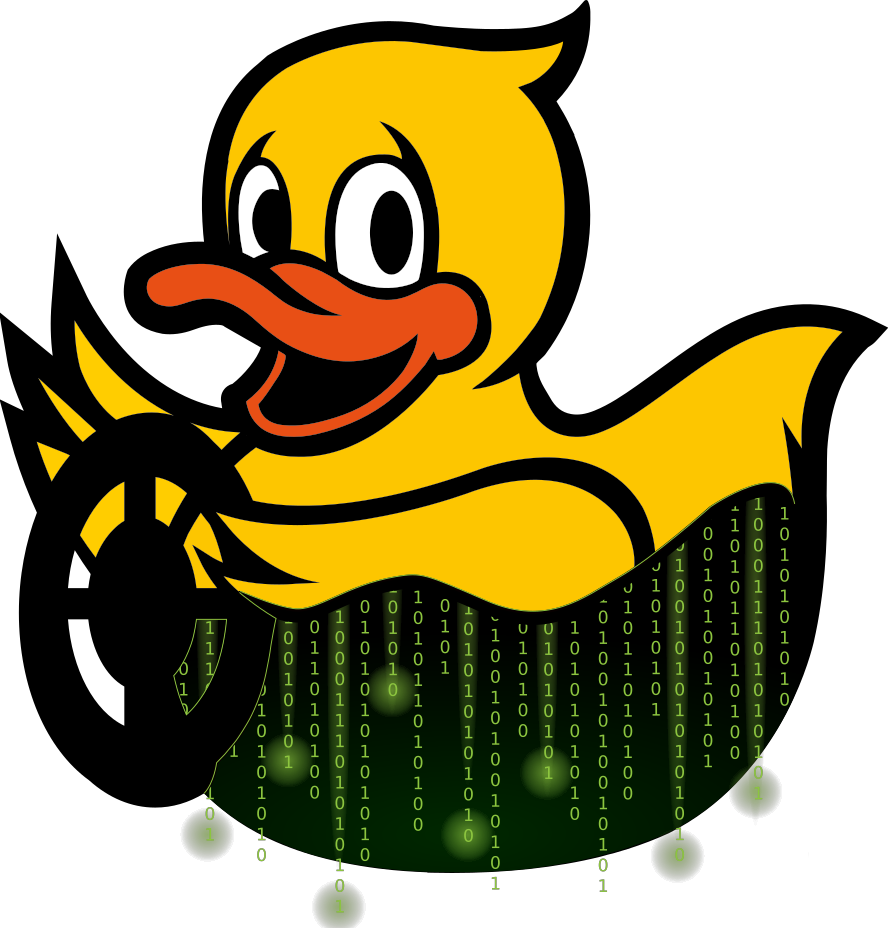Creating New Learning Experiences
Contents
Creating New Learning Experiences#
This page describes the general procedure for creating a learning experience (LX). LXs comprise two main parts:
The LX recipe, which is typically created by the instructor and hidden from the students
The LX repository itself, which houses the notebooks and whatever code structure should be visible to the student
An additional third repository is recommended, which has the same structure as the LX repository but contains the solutions and is kept private.
Tip
While developing a new LX, it is good practice to start working on the solution first. Once the solution is in place, parts of the solution with relative pedagogical value can be stripped out and replaced with placeholders effectively producing a boilerplate code that can populate the learner’s workspace. This procedure guarantees that the resulting boilerplate is (by construction) enough for the learner to achieve a valid solution.
A recommended way to get started is to create repos from the template repos for both the recipe and the LX
The LX recipe contains components of the exercise that the student should not need to change and are effectively hidden from view. There are a few files here that will require some attention in the creation of the learning experience.
The LX Recipe Repository#
As mentioned, the LX recipe repository contains all the configurations and details about how the LX should be run that are not important for the student to see. In this section we will list the different components that you may want to edit for the definition of your LX.
Dependencies#
Specify any apt or python dependencies needed in the
dependencies-apt.txt and
dependencies-py3.txt, respectively in the recipe repository.
Base Image#
You need to specify a BASE_IMAGE in the Dockerfile in the recipe repository. This
choice defines what is already in the docker image and can be used in the
running of the exercise.
Reasonable choices could be:
dt-commons: likely a good choice if the LX is pure python and does not require ROS.dt-ros-commons: likely a good choice if you would like to use ROS in a standalone fashion (i.e., your exercise includes all the nodes that are needed)dt-core: a good choice if you would like to use one or more of the nodes defined in the packages in thedt-corerepository.
Coming soon:
ROS2 base image
Machine learning base image
Title, Description, and Maintainer#
Additionally, in the three Dockerfiles, that is Dockerfile, Dockerfile.vnc and Dockerfile.vscode
you will need to update:
The
EXERCISE_NAME: Replace<LX_NAME_HERE>with a title for your LX (Note: this should not contain spaces)The
DESCRIPTION: Replace<DESCRIPTION_HERE>with a brief description of your LXThe
MAINTAINER: Replace<YOUR_FULL_NAME>and<YOUR_EMAIL_ADDRESS>with appropriate values
Duckiematrix Configuration#
By default, each LX is compatible with the Duckiematrix.
See the general procedure for running LXs
for more details on how to deploy this capability through the dts code API.
You can define the exact configuration of the Duckiematrix environment in the
assets/duckiematrix directory in the recipe repository. For more details see
Developing with the Duckiematrix.
noVNC Customization#
It is also possible to customize the noVNC desktop. These configurations files are found the assets/vnc
folder of the recipe repository. Within these configurations you can:
Create new desktop icons and define what happens when they are clicked
Define the default RVIZ configuration that is loaded if RVIZ is opened
For inspiration you could take look at the existing LXs.
Launchers#
You will need to define exactly what happens when the student executes the dts workbench command. The default
is that this will run a “launcher” called default.sh, defined in the launchers directory of the recipe repository.
The launcher in the template simply runs a python file (__solution/main.py). In the case of ROS-based LX, you would
likely want to call a ROS launch file with roslaunch.
The LX Repository#
The LX repository that you create is the one that the students will fork to complete the learning experience.
The .dtproject File#
A file that you must edit in order for your LX to work is the .dtproject file in the LX repo. In this file
(if you started from the template), you will see:
# name of the exercise
NAME=<LX_NAME_HERE>
# recipe repository and location
# - fully qualified name of the recipe repository, e.g., 'duckietown/duckietown-lx-recipes'
RECIPE_REPOSITORY=<RECIPE_REPOSITORY_HERE>
# - branch of RECIPE_REPOSITORY containing the recipe
RECIPE_BRANCH=<RECIPE_BRANCH_HERE>
# - location of the recipe inside the RECIPE_REPOSITORY/RECIPE_BRANCH above
RECIPE_LOCATION=<RECIPE_LOCATION_HERE>
You should:
Change the
<LX_NAME_HERE>to the name of your LXChange the
<RECIPE_REPOSITORY_HERE> to the name of the recipe repository that you have createdChange the
<RECIPE_BRANCH_HERE> to the name of the branch that you want to use in your recipe repositoryChange the
<RECIPE_LOCATION_HERE> to the path within the recipe repo where the recipe is store. If you used the template then this can simply be left blank
Notebooks#
In the notebooks directory you can place jupyter notebooks. These will be executed in
VSCode when the student executes:
dts code editor
Boilerplate Code#
The code for the LX will go into the packages directory in the LX repo. It can be a good idea to provide some boilerplate
code so that the students just have to fill in specific parts. It is also recommended that the LX always “work” in the sense
that if the student runs the launcher through dts code workbench nothing breaks. The solution might not be properly
implemented, but there are no compilation errors.
Attention
When working in the development workspace, you can append the --recipe flag to any dts code commands
and specify your local development version of the recipe.
